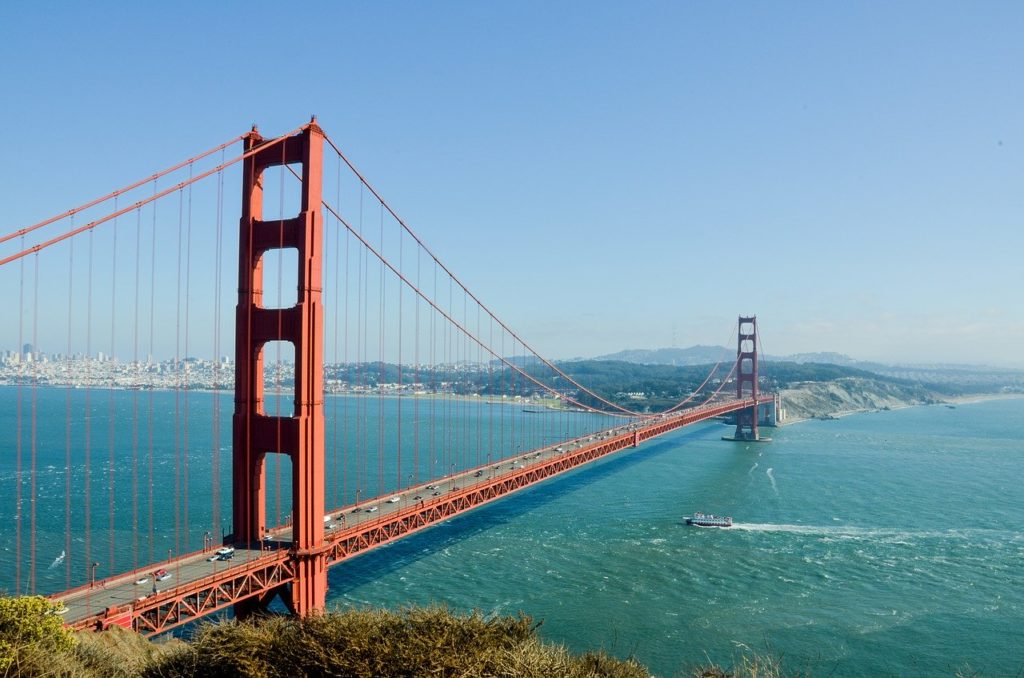
The only nonprofit organization of its kind that monitors local waters in its own pollution patrol boat, San Francisco Baykeeper has spent the past 30 years playing a lead role in protecting the health of the San Francisco Bay and adjacent wetlands.
Baykeeper focuses on safeguarding the ongoing resilience, cleanliness, and safety of Bay Area waters in the face of threats such as industrial waste and toxic spillage from a variety of sources. The organization uses the latest scientific research, citizen activism, and legislative advocacy to protect wildlife habitats and human neighborhoods.
Baykeeper, a founder of the International Waterkeeper Alliance, is proud to be the first Waterkeeper organization located on the West Coast. These organizations play a key role in the ongoing fight to maintain clean water in local and regional ecosystems around the world.
Bizarre decision says water is not wet
In an October 8, 2019 article originally published in Bay Crossings and republished in other media outlets, Baykeeper executive director Sejal Choksi-Chugh called out a recent action by the Trump administration that puts the Bay Area’s water systems and the nation’s clean water supply in serious jeopardy. Among its other public advocacy efforts, Baykeeper has now filed a federal lawsuit against the administration over the issue.
Choksi-Chugh noted that the administration has turned the concept of protecting clean water on its head by, in effect, declaring that some wetland sites in San Francisco Bay are not technically “water” at all.
In a March 2019 ruling, the Trump administration’s Environmental Protection Agency rendered its decision that salt ponds in the South Bay are not, in fact, water, but land. This decision gives the EPA the latitude it apparently sought to declare that these “lands” do not fall under the protections of the Clean Water Act.
From marsh wetlands to salt ponds
For more than a century, the salt ponds of the San Francisco Bay have served as the site for large-scale industrial gathering of their salt deposits. Over the many centuries before that time, however, Native people used what were then marshy salt wetlands to gather smaller amounts of salt for their community use.
In the 1800s, companies built levees in the Bay that resulted in the creation of the salt ponds out of these marshy wetlands.
Today, a quick flight over the region will show the glistening white to reddish colors of the salt ponds that rim the Bay. It’s a familiar site for anyone flying over the region.
According to Baykeeper and its peer organizations, the presence of the levees is all that is keeping the salt ponds from returning to their original condition as marsh wetlands. Removal of the levees would subject the area to the natural flooding patterns that would bring them back to that state.
The regulatory back-and-forth
The federal Clean Water Act—the main piece of legislation addressing water pollution at the national level—was passed in 1972.
During the Obama administration, the EPA acknowledged in a draft opinion that the salt ponds fell under the protections of the Clean Water Act, in that they were navigable waterways.
But in its recent back-pedal under the Trump administration, the agency has stated that, because the levees were constructed before passage of the Clean Water Act, the salt ponds they created are therefore land, not water, and are thus ineligible to receive Clean Water Act protection.
A ruling’s deeper and more dangerous purpose
Baykeeper’s opinion, which echoes the consensus of a wide cross-section of environmentally knowledgeable organizations, is this: The EPA’s reversal is simply a means of giving cover to Cargill Inc. and DMB Pacific Ventures LLC, which own the more than 1,300 acres (about 2 square miles) of salt ponds under discussion. The site is located in Redwood City.
The EPA’s decision would allow Cargill to avoid having to fulfill the provisions of the Clean Water Act if it wishes to pave over the salt ponds. Cargill is considering filling in the salt ponds and allowing for commercial and residential development on the site.
A grave cost
The EPA ruling, by declaring that the Clean Water Act does not apply in this case, lets developers off the hook because they would not be required to obtain federal permitting. It additionally helps developers increase the market value of the parcel, and thus places even higher hurdles in front of citizens hoping to preserve the land by acquiring it through public purchase.
Over the past few decades, Bay Area conservation groups have dedicated themselves to purchasing as many parcels of salt pond and wetland habitat as possible. Restoration of wetland mashes will serve to hold rising sea levels at bay and to increase water purity.
Should the salt ponds be paved over, the environmental detriments that scientists foresee would be considerable and costly.
The salt ponds currently provide homes for shorebirds and a variety of local sea and land animals, whose habitats would be destroyed by the construction.
In addition, constructing buildings on the site is an extremely short-sighted endeavor in the first place, given that, within as few as 50 years, rising sea levels will likely begin to engulf their lower stories.
Academy Award-winning actor Robert Redford is among the supporters of the fight to save these wetlands. In an op-ed in the San Francisco Chronicle, he noted that putting tens of thousands of Bay Area residents within a zone of increased danger from flooding, even as their local freeways remain choked by traffic, is dangerous both economically and in terms of environmental quality and safety.

Partnering to avoid a crisis
Baykeeper’s partners in this fight include local and regional environmental groups, together pushing to prevent local and state governments from issuing the permits that would speed up the path to development. The need to support this effort is urgent, particularly given the fact that, if the Trump administration’s ruling stands, it will open the way for other corporations to pave over other parts of the Bay.
Another corporation already has a plan in place to fill in another section of the Bay’s shoreline with a luxury development in Newark that would lead to similar detrimental outcomes for the environment.
The value of restoration
If the Redwood City salt ponds could be restored to their former state as wetlands, the site would be able to feed and shelter more migrating birds and other endangered or threatened species.
Environmental experts also point out that allowing the ponds to recalibrate to their natural wetland state would provide increasingly vital protection to residents of Redwood City and neighboring Silicon Valley in the face of sea level rise.
Should a growth in construction render these areas subject to increased flooding, several tech company campuses could be inundated. And the region’s sewage treatment plants, if flooded, could disgorge untreated waste into the Bay.
California stands up to the Trump Administration
In September 2019, the State of California filed its own lawsuit against this dangerous Trump administration ruling in the United States District Court for the Northern District of California.
State Attorney General Xavier Becerra stated that the federal EPA had abdicated its responsibility to protect the country’s waters, in order to favor the private interests of developers. Addressing the President directly, Becerra’s public statement said, “California’s precious San Francisco Bay is not for sale.”

